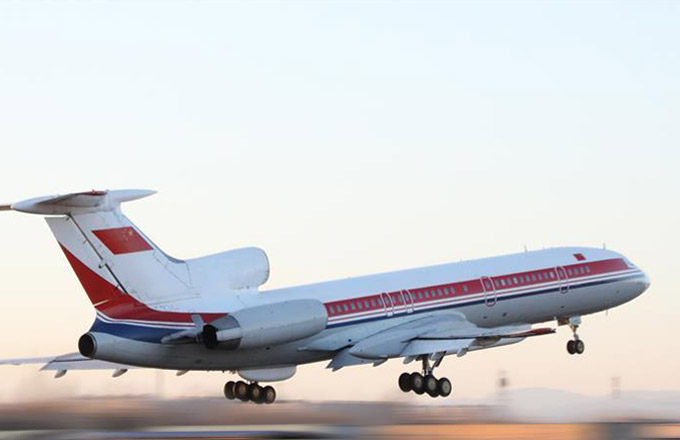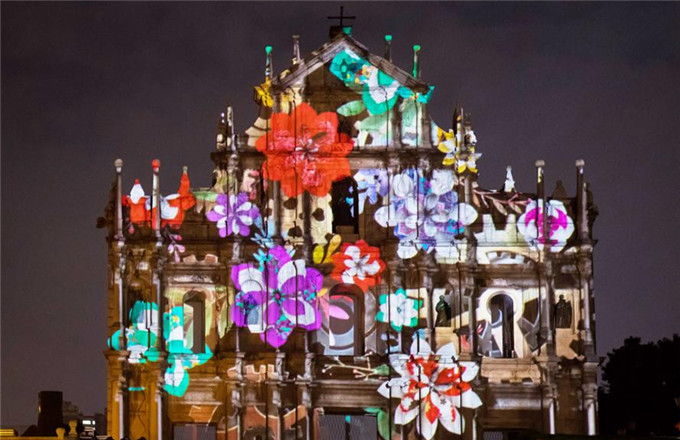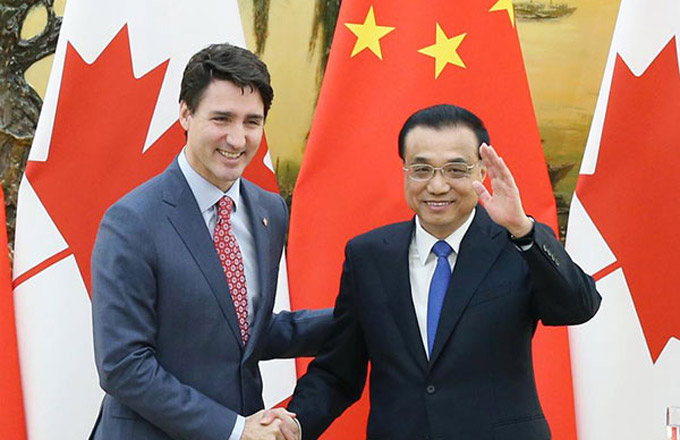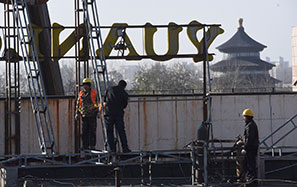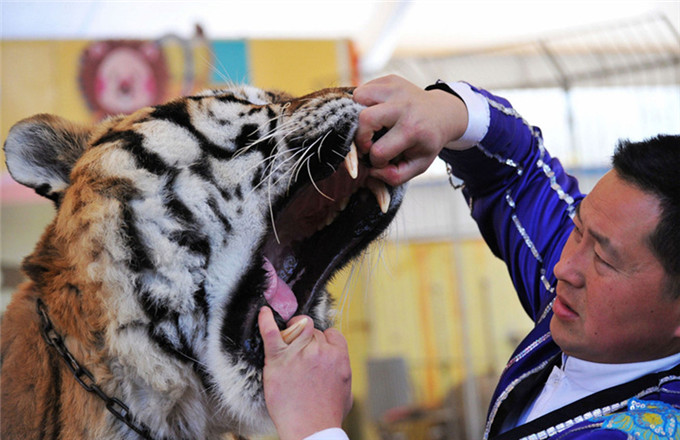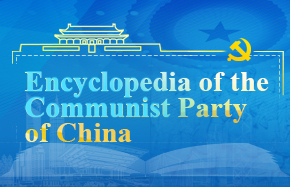Xintang pays heavy price for putting world in blue jeans
When people in the United States talk about blue jeans, they are most likely to mention Levi Strauss, the German-American businessman whose company made the first pair of blue jeans in San Francisco in 1873.
Levi's, the top brand for Levi Strauss & Co, is not only in all US cities, but also popular in more than 100 countries around the world, including China.
While distressed jeans become ever more fashionable, a recent article titled Every Pair of Blue Jeans You Wear Is Paid With Lives is burning up social media in China.
The author describes the onerous working conditions and environmental damage caused by the blue jeans industry in Xintang, a town in Guangzhou, South China's Guangdong province.
The author claims that "every pair of blue jeans, pricey or cheap, carries sin".
Known as "Blue Jeans Capital of the World", Xintang has some 3,000 businesses related to the jeans industry. It also fills 40 percent of market demand in the US.
Careful readers would note that most of the article, especially the pictures, is not new, but the same as in some articles published a few years ago following a Greenpeace study and a German documentary.
In a survey published in November 2010, Greenpeace found that at three sampling sites in Xintang, the amounts of lead, copper and cadmium in the riverbed exceeded national "soil environmental quality standards". One sample of river mud contained cadmium levels 128 times over the safe limit, and in another, the water's pH level was 11.95.
It has been estimated that one pair of blue jeans in Xintag requires 3,625 liters of waters and 3 kg of chemicals to make. Most of the water is used to grow the cotton needed, and less than 10 percent is used in dyeing and washing.
A 2012 German documentary, Der Preis der Blue-Jeans (The Price of Blue-Jeans) by Michael Hoft and Christian Jentzsch also depicted the poor working conditions, health hazards and severe pollution in Xintang caused by the making of blue jeans, linking it to those cheap jeans priced at around $10 in stores such as H&M and Kik.
What the survey and 45-minute documentary revealed is that blue jeans are much dirtier than most people might believe.
Distressed denim is the result of several chemical-intensive washes, while fabric printing and dyeing contains heavy metals such as cadmium, lead and mercury, which often end up in local waterways without treatment.
Despite a lack of current information about Xintang, the article nevertheless went viral in Chinese social media the past two months.
Many people left their comments. One said, "Sad."
Another said that "I have bought mostly blue jeans, now I know, and I won't buy anymore."
Some blamed factory owners for not providing adequate protection for workers. One sighed at the fate of many textile towns in China, including his hometown near Suzhou, Jiangsu province.
Various news reports, including one from the Xinhua News Agency, confirmed the local government's efforts to address the problem, including cleaning up waterways, relocating factories into several industrial zones where wastewater is treated, and setting up a monitoring system.
Xintang has the capacity to produce 2.5 million pairs of blue jeans a day. The town produces 50 percent of China's blue jeans and 30 percent of blue jeans exported, according to the Xintang website.
For decades, relatively lax environmental laws were often not observed by local governments eager to achieve rapid economic growth.
But that changed in the last few years when the country, faced with severe environmental challenges, has put sustainable development atop its agenda.
Though the pollution in Xintang has been greatly reduced, the environmental challenge posed by the blue jeans industry is still enormous.
Interestingly, some of the blue jeans production in Xintang used to be in El Paso, Texas, in the 1970s and 1980s, when thousands of workers were producing for Levi's, Lee, Guess and Gap, according to a story on Atlas Obscura.
US President Donald Trump has talked about punitive tariffs on Chinese exports.
It seems that the Chinese government should impose an environmental tariff on all exports to compensate the people in China who bear the heavy environmental burdens.
Contact the writer at [email protected]




